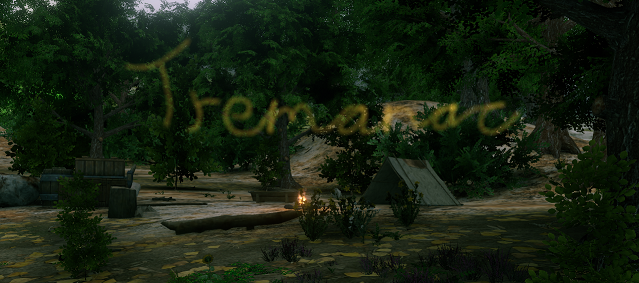Nenian Worm
A large sea serpent known for destroying boats.
Basic Information
Anatomy
These immense serpents grow up to 30ft long and about 4ft wide. They move through the water in a manner not unlike an eels, leading some to believe they may be the descendents of an altered version of that more regular marine creature. Their heavily muscled bodies are encased in thick scales which are proof against many weapons.
Rather than a mouth these creatures have a large beak which is capable of cracking a turtle's shell, not to mention most forms of armour. Four long tendrils extend from the sides of the head which allow the serpent to grasp prey firmly when it is trying to bite down. The tendrils contain a poison that is capable of rendering prey inert, though the serpents rarely need to resort to this.
One of the more unusual aspects of the serpents is their ability to survive outside the water for an extended period. This can make them a danger to ships and coastal communities as they can emerge from the sea when prey is scarce. Fortunately they are less than agile on land as their bodies are made for swimming rather than crawling.
Dietary Needs and Habits
These creatures typically feed on other predators such as sharks and dolphins. They prefer to shadow their prey for a while, only striking when the prey appears well fed. Their preferred method of attack is to wrap around the prey and squeeze if to death in the manner of a constrictor snake. This helps the serpents avoid the prey's jaws and reduces the chance of the prey escaping.
Small fishing boats are often mistaken for prey as the serpents perceive the boat to be devouring the fish. They therefore attack the boats as they would any other prey, wrapping around the boat and attempting to squeeze the life out of it. When the boat invariably shatters under the force of the serpent's constricting coils, it usually eats any passengers as it believes the them to be the innards of the boat.
Additional Information
Domestication
These creatures are often used as weapons of war by the more intelligent underwater species. Once magically dominated they can be used to transport supplies or to attack well defended positions. A sweep of the tail can be all that is needed to break open an enemy formation, and if that fails the beak and tentrils are likely to make short work of the enemy.
Perception and Sensory Capabilities
Two large eyes on either side of the head give the serpents a wide view of their underwater world. They can see well in the dark and will generally avoid going near the surface during the day. Their ability to sense potential prey from great distances rivals any other predator in the sea.
Lifespan
100 years
Average Length
30ft



Comments